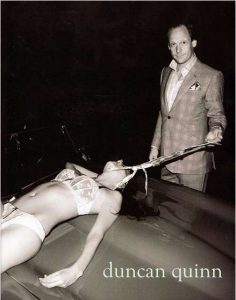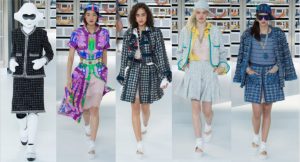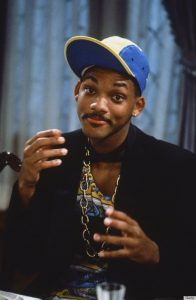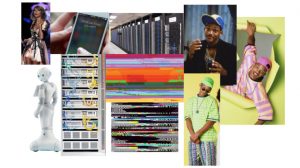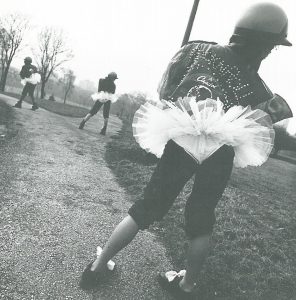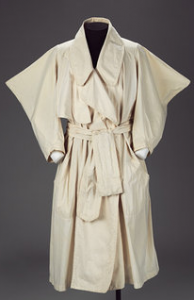In this module I was taught techniques that I will later need for my writing such as using online resources, library resources and referencing. I also explored topics I found interesting as well as things that I did not.
In Task 1/2, I looked at how to use online resources. I looked at a book which helped pick my theme for that task which was androgyny and further researched intro androgyny using the internet. What I found difficult about this task was trying to find archives that related to androgyny and I spent a lot of time looking for archives in the wrong part of the website, which was very time consuming. I did enjoy having the freedom to research anything I wanted to as it made the task enjoyable and also motivated me to do it as it was something of interest.
In Task 3/4, I looked at how to use harvard referencing by looking at a chapter in book, website and newspaper article that related to it. This task taught me how to harvard reference and the other tasks were practice for harvard referencing to help me for future tasks. At first I found Harvard referencing tedious but over time referencing became easier so I it affects me less than it did in the beginning.
In Task 5/6, I found this task interesting but i found the process to be time consuming and it created a lot of confusion. It was hard to find a designer who mentions all their references so I interpreted their references and found images I believed related to the collection. It was hard to research into my images as there were no specific references e.g. film, book, place. I had to try gather information about an artist based on minimal information I found.
In Task 7/8, this was the most time consuming task that I had to do. I chose the shortest article but it was mostly in French so I then read the longer article that I had read through that and make notes. Most of the notes were pointless as I had to summarise 18 pages and then talk about one specific topic within the text. I did find some of the text interesting and also found it to be a learning curve of what to expect in the future. I think I will scan through the text rather than pick a text based on length.
In Task 9/10, We has to look at ethical issues of an advert. I found the lecture as well as the task interesting because it is a topic that can have more than one viewpoint which allows more choice. I did not actually know any specific ethical issues in the task so I had to research some of those before I could start the task. It was interesting to look at the image and message behind it rather than the formal elements as I have done this in this past.
Overall, I think the task have given me information and knowledge for my future tasks and has allowed me to try and find my way of approaching tasks.

